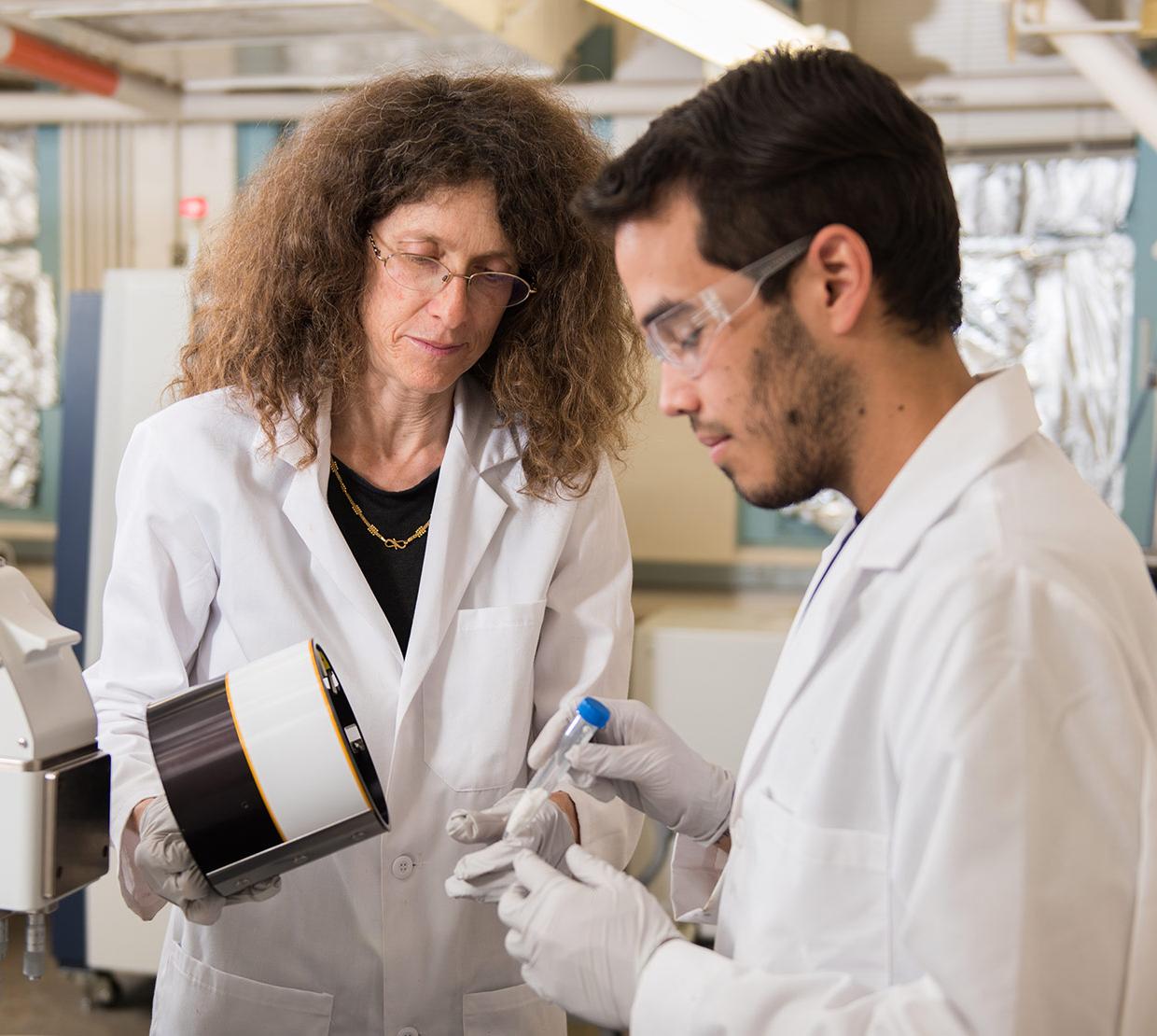After decades of eluding researchers because of chemical instability, key metal-oxide clusters have been isolated in water, a significant advance for growing the clusters with the impeccable control over atoms that’s required to manufacture small features in electronic circuits.
Led by chemistry professor May Nyman, OSU researchers created the aqueous cluster formation process. It yielded a polyoxocation of zinc, aluminum and chromium that is not protected by the organic ligand shell that is usually required to capture such molecules from water.
“Our discovery is exciting in that it provides both new fundamental understanding and new materials, and useful applications are always built on a foundation of fundamental understanding,” said May Nyman.
Metal oxides – compounds produced when metals combine with oxygen – serve a variety of important purposes. For example, titanium dioxide is a catalyst that degrades pollutants, and aluminum oxides and iron oxides are coagulants used as the first step in purifying drinking water.
“Metal oxides influence processes everywhere,” Nyman said. “They control the spread of contaminants in the environment. They are the touchscreen of your cellphone. The metal-oxide cluster forms are in your body storing iron and in plants controlling photosynthesis. Most of these processes are in water. Yet scientists still know so little about how these metal oxides operate in nature, or how we can make them with the absolute control needed for high-performance materials in energy applications.”
Results of the research by the Center for Sustainable Materials Chemistry in the College of Science were recently published in the journal Chem.




